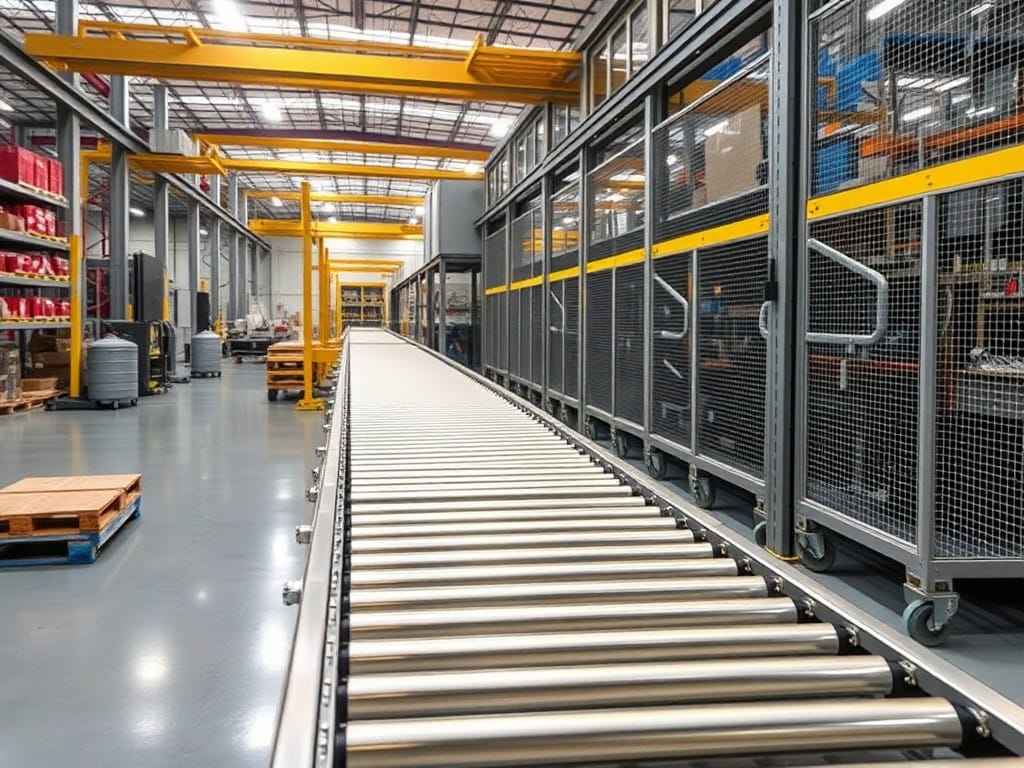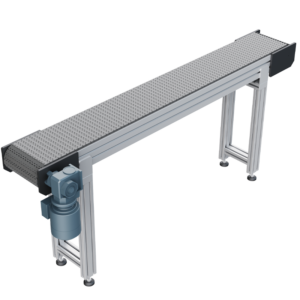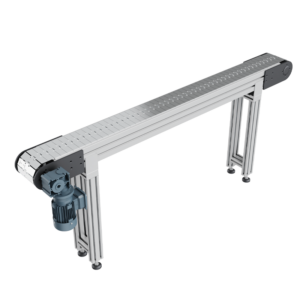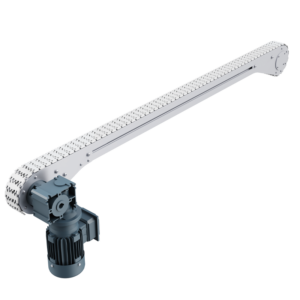Roller Conveyors are designed to enhance material handling efficiency across various industries. These systems feature strong cylindrical rollers mounted on a durable frame, allowing for smooth and reliable transportation of goods. You can choose between unpowered models, which use gravity, or powered conveyors that utilize electric drives.
Available in both long and short configurations, these conveyors can handle different load sizes with ease. Their slight downward slopes make it simple to move heavy items, while their robust construction ensures durability and minimal maintenance.
Description
Toshine Gravity Warehouse Seoltóir sorcóir Manufacturer
Introduction
The fixed bracket of a roller conveyors typically consists of several straight or curved segments, depending on what people need. Notably, roller conveyors can work independently or alongside other conveyors and machinery on the assembly line. This versatility comes with many benefits. They have a simple structure, operate reliably, and are easy to install and disassemble.
Moreover, roller conveyors require minimal maintenance and allow for flexible layouts. Depending on whether the roller has a drive device, roller conveyors can be classified into two main types: unpowered and powered.

Unpowered Roller Conveyors
Also known simply as a roller conveyor, there are two types: long roller conveyors and short roller conveyors. The long roller conveyors can have surfaces that are cylindrical, conical, or curved, with cylindrical surfaces being the most common. For the curved sections, conical rollers or double-row cylindrical rollers help guide items around turns.
On the other hand, short roller conveyors have rollers spaced closer together and are generally lighter. These roller conveyors are usually set up with a slight downward slope. For heavier items on longer lines, a slope of about 1 to 1.5% makes it easier to push the items along. If people design the items to slide on their own, the slope can increase to between 2 and 3%.
The ideal angle for self-sliding slopes often depends on various factors, and testing typically helps determine the best slope. If the conveyor is shorter than 10 meters and the items weigh less than 200 kilograms, a horizontal setup works well. However, controlling the sliding speed of items can be challenging, so these roller conveyors are usually shorter.
Additionally, the width of the roller conveyors should be 100 to 150 mm wider than the items that we move. For curved sections, the minimum radius of curvature should be three to four times the width of the conveyor.
The spacing between rollers is generally 1/3 to 1/4 of the length of the item being conveyed, but if stability is a priority, the spacing can be reduced to 1/4 to 1/5 of the item’s length. Finally, the load size they need to support determine the diameter of the rollers.

Powered Roller Conveyors
People often use powered roller conveyors for horizontal or slightly inclined setups. In these systems, a drive device sends power to the rollers, causing them to rotate. This way, items move along the conveyor due to the friction between the roller surface and the items themselves.
There are two main types of drive systems: individual drives and group drives. Individual drives give each roller its own separate drive device, making disassembly straightforward. In contrast, group drives connect several rollers to a single drive device, which helps reduce equipment costs.
Group drive systems can use gear drives, chain drives, or belt drives. Typically, AC motors drive powered roller conveyors, but people can also use dual-speed motors and hydraulic motors if necessary.

Other Names
Roller conveyors are often referred to simply as roller conveyors or roller tracks.
Features
Roller conveyors come with a range of features. They have a simple structure, operate reliably, and are easy to maintain. They can handle high temperatures and are energy-efficient. These roller conveyors are particularly good at transporting individual items and can easily accommodate straight, curved, horizontal, and inclined operations. They can also support various processes, such as diversion, confluence, assembly, testing, packaging, and sorting of items.
Scope of Application
Roller conveyors are very suitable for transporting different types of goods, including boxes, bags, and pallets. However, bulk materials, small items, or irregular shapes should be placed on pallets or in turnover boxes for transportation. These roller conveyors can also manage single-piece items with significant weight or withstand large impact loads.
In terms of structure, we can divide roller conveyors into powered and unpowered types. People can arrange them in horizontal, inclined, or turning roller lines. The standard inner widths for roller lines typically include 200, 300, 400, 500, and 1200 mm. Additionally, the standard inner radius for turning roller lines is usually 600, 900, or 1200 mm. For straight rollers, common diameters include 38, 50, 60, 76, and 89 mm.





